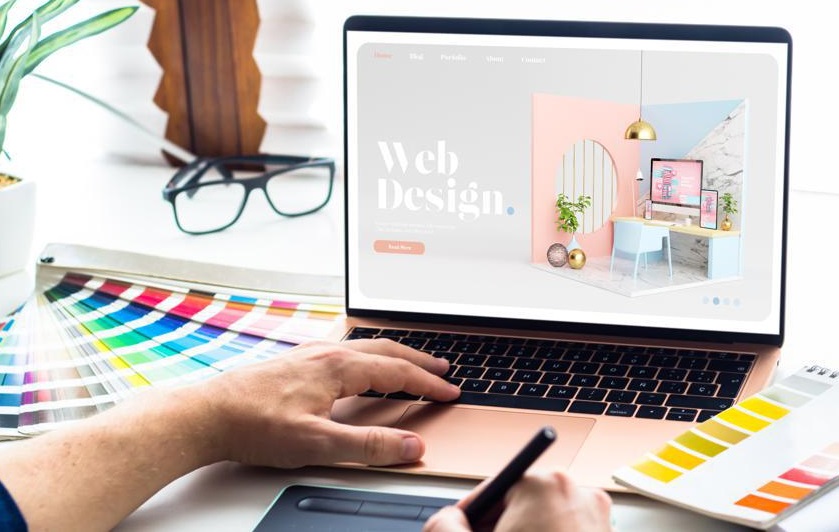In today’s digital age, your website is often the first impression you make on potential customers. Just like a well-designed storefront entices customers to walk in, a well-designed website compels visitors to engage with your brand and convert into leads or paying customers. But how can you quantify the value of good website design? The answer lies in the concept of ROI, or Return on Investment.
This blog post dives into the compelling reasons why investing in good website design is not just an expense, but a strategic investment with the potential for significant returns.
The High Cost of a Bad Website Design
Before exploring the benefits, consider the potential pitfalls of a poorly designed website. A website with cluttered navigation, slow loading times, or an unappealing visual style can lead to:
- High Bounce Rates: Bounce rate refers to the percentage of visitors who leave your website after viewing only one page. A bad website design can discourage visitors from exploring further, leading to high bounce rates and missed opportunities.
- Low Conversion Rates: Conversion rate refers to the percentage of visitors who take a desired action, such as making a purchase or signing up for a newsletter. A poorly designed website can make it difficult for visitors to find what they’re looking for or complete desired actions, leading to low conversion rates.
- Damaged Brand Reputation: A website is an extension of your brand. An outdated or poorly designed website can negatively impact your brand image and erode customer trust.
The Measurable Benefits of Good Website Design
Now, let’s explore the positive impact of good website design on your website’s performance and your bottom line:
- Increased User Engagement: A well-designed website keeps visitors engaged. Clear navigation, intuitive user interface (UI), and high-quality content encourage visitors to explore different sections of your website and spend more time interacting with your brand.
- Improved Conversion Rates: Good website design makes it easy for visitors to take desired actions. Clear calls to action (CTAs), streamlined forms, and a user-friendly checkout process can significantly improve your conversion rates.
- Enhanced Brand Image: A visually appealing and professional website design fosters trust and credibility. This positive brand perception can lead to increased customer loyalty and advocacy.
- Boosted Search Engine Optimization (SEO): Websites that are well-structured, mobile-friendly, and load quickly tend to rank higher in search engine results pages (SERPs). This improved SEO visibility can drive more organic traffic to your website.
- Reduced Customer Support Costs: A well-designed website with clear information and FAQs can empower users to find answers to their questions independently, reducing the burden on your customer support team.
Calculating the ROI of Website Design
While the exact ROI of website design can vary depending on your industry and business goals, there are ways to estimate the potential return on your investment. Here are some key metrics to consider:
- Increased Website Traffic: Track website traffic before and after your website redesign to measure the impact on website visits.
- Conversion Rate Improvement: Analyze conversion rates for key actions like form submissions or purchases to see how website design changes affect user behavior.
- Lead Generation Growth: Track the number of leads generated through your website after the redesign.
- Sales Growth: If your website directly facilitates online sales, monitor your sales figures to see if there’s a positive correlation with the website redesign.
Making Your Website a Revenue Generator
By investing in good website design, you’re investing in the future of your business. Here are some additional tips to maximize the ROI of your website:
- Focus on User Experience (UX): Prioritize user needs and create a website that is easy to use, navigate, and find information on.
- Mobile-First Design: Ensure your website is optimized for mobile devices, as a significant portion of web browsing now happens on smartphones and tablets.
- Content is King: Create high-quality, informative, and engaging content that resonates with your target audience.
- Regular Website Maintenance: Keep your website content fresh, update software regularly, and address any security vulnerabilities promptly.
- A/B Testing: Continuously test and optimize different website elements like CTAs or layouts using A/B testing to identify what works best for your audience.
By implementing these strategies, you can transform your website from a simple online brochure into a powerful revenue-generating machine. Remember, good website design is an investment that pays off in the long run!

